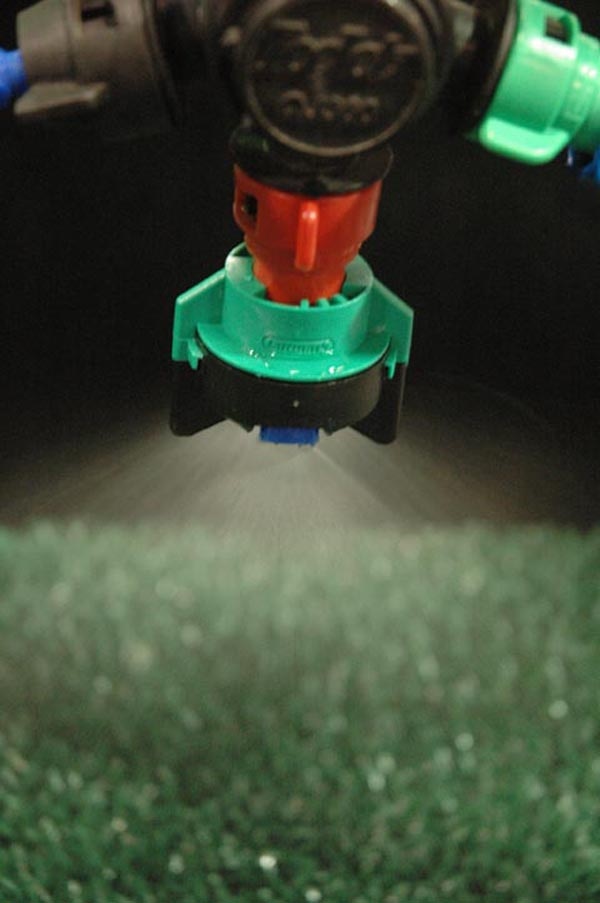June 7, 2013

Choosing the right type of sprayer nozzle can make a huge difference in how effective pesticides are during a growing season and whether growers have to re-spray their fields or in some cases, replant, says Erdal Ozkan, an agricultural engineering professor and spray technology expert with Ohio State University Extension and the Ohio Agricultural Research and Development Center (OARDC).
"Growers usually choose pesticides based on their effectiveness, not how much they cost," Ozkan says. "So one way to find savings in crop production is how we apply pesticides, and choosing the right nozzle is a part of that process.
"The more precise and accurate growers are in their applications, the more growers can have a net savings. For example, if growers are spraying more than the recommended rate, it is a waste of money."
Like what you're reading? Subscribe to CSD Extra and get the latest news right to your inbox!
Ozkan says growers can improve the performance of sprayers if they:
Always calibrate the equipment with water before spraying to ensure that the sprayer is applying the chemical at the recommended rate. (For details, see the OSU Extension fact sheet "Boom Sprayer Calibration.")
Mix chemicals in a small container before pouring them into the sprayer tank to achieve a uniform mix.
Determine if the pesticide requires specific adjuvants to provide product efficacy, influence droplet size or solution evaporation rate, reduce drift and to improve deposit and retention on the target.
Understand that some pesticides are volatile and may require incorporation into the soil after application.
Check sprayer components to ensure they are the right size and type; check the sprayer system for leaks; and check the tank agitation system to ensure that flow to the tank for agitation is effective.
Make sure the pressure gauge on the sprayer is accurate and operate the sprayer within the pressure range recommended by the nozzle manufacturer.
Read more nozzle and spray tips from Ohio State University.
You might also like:
Soil Residual Herbicide Options After Soybean, Corn Emergence
You May Also Like




